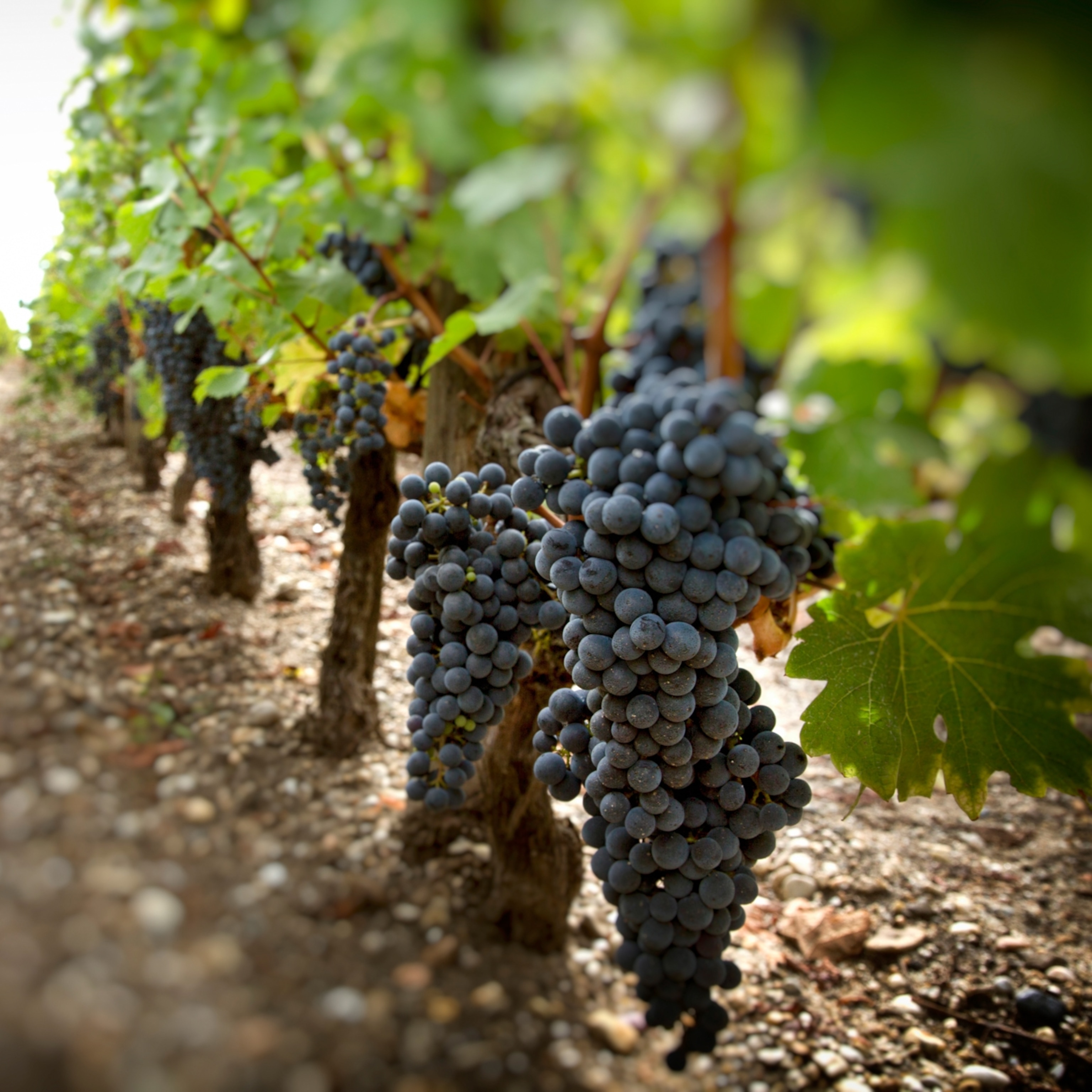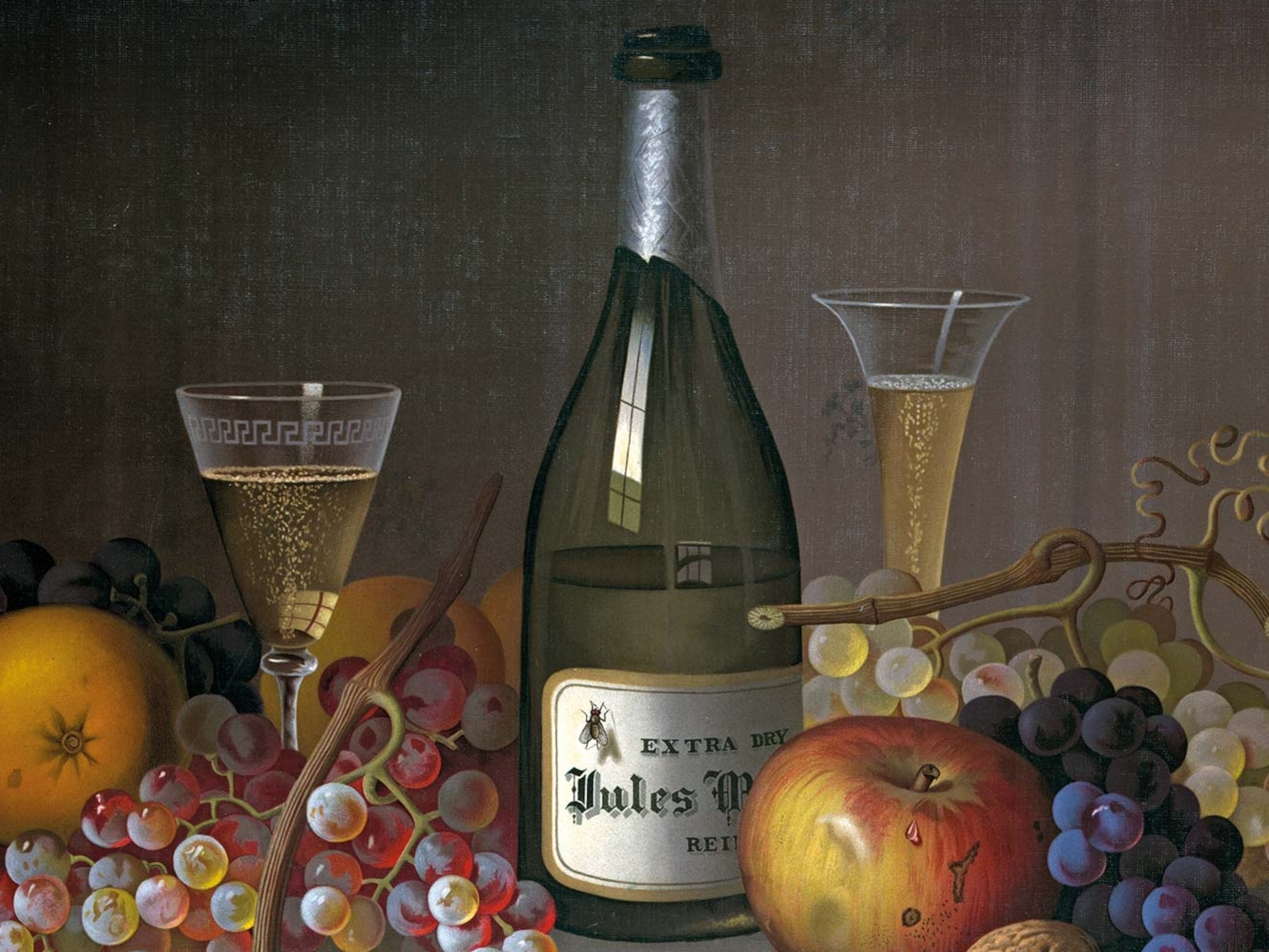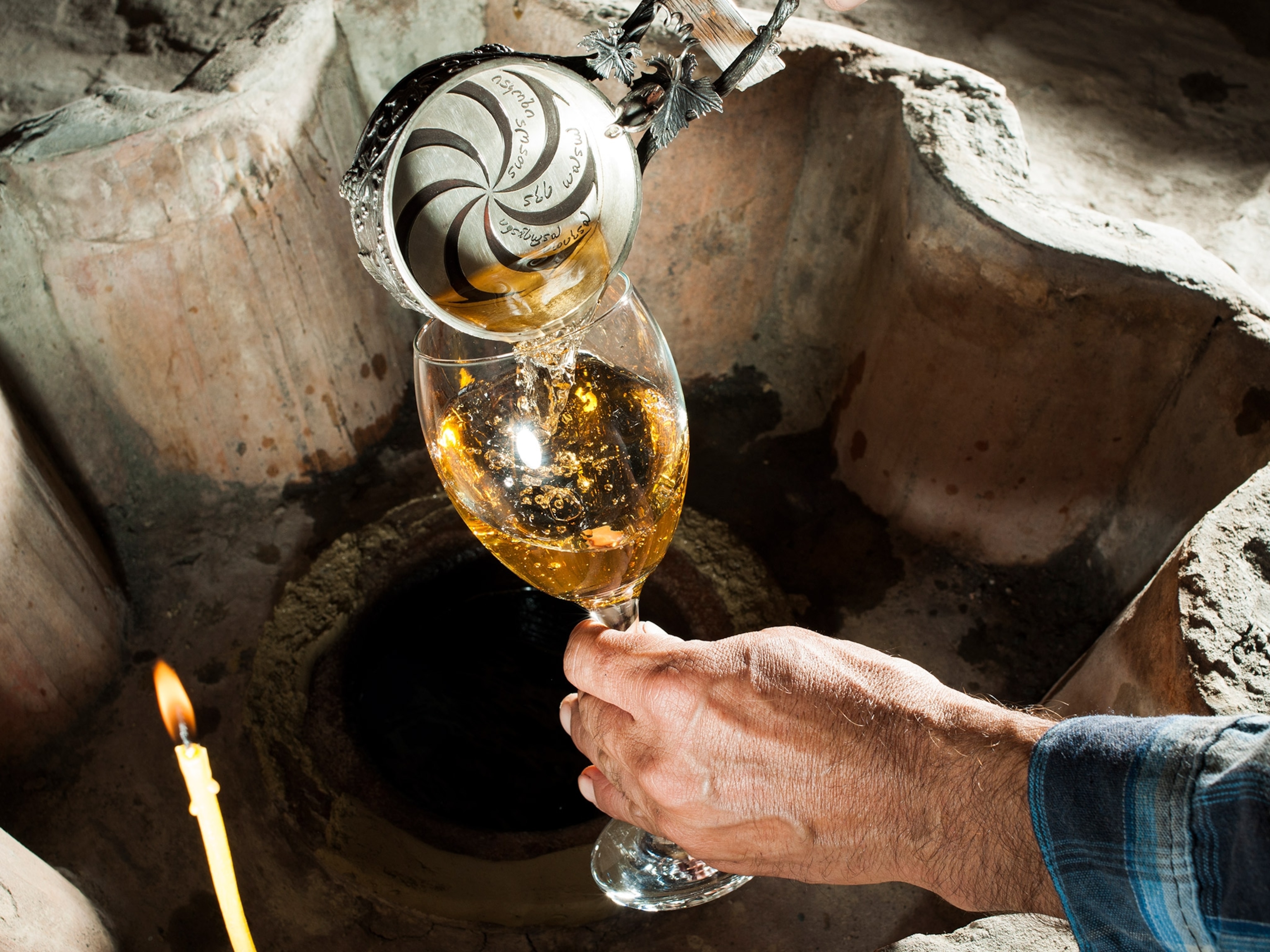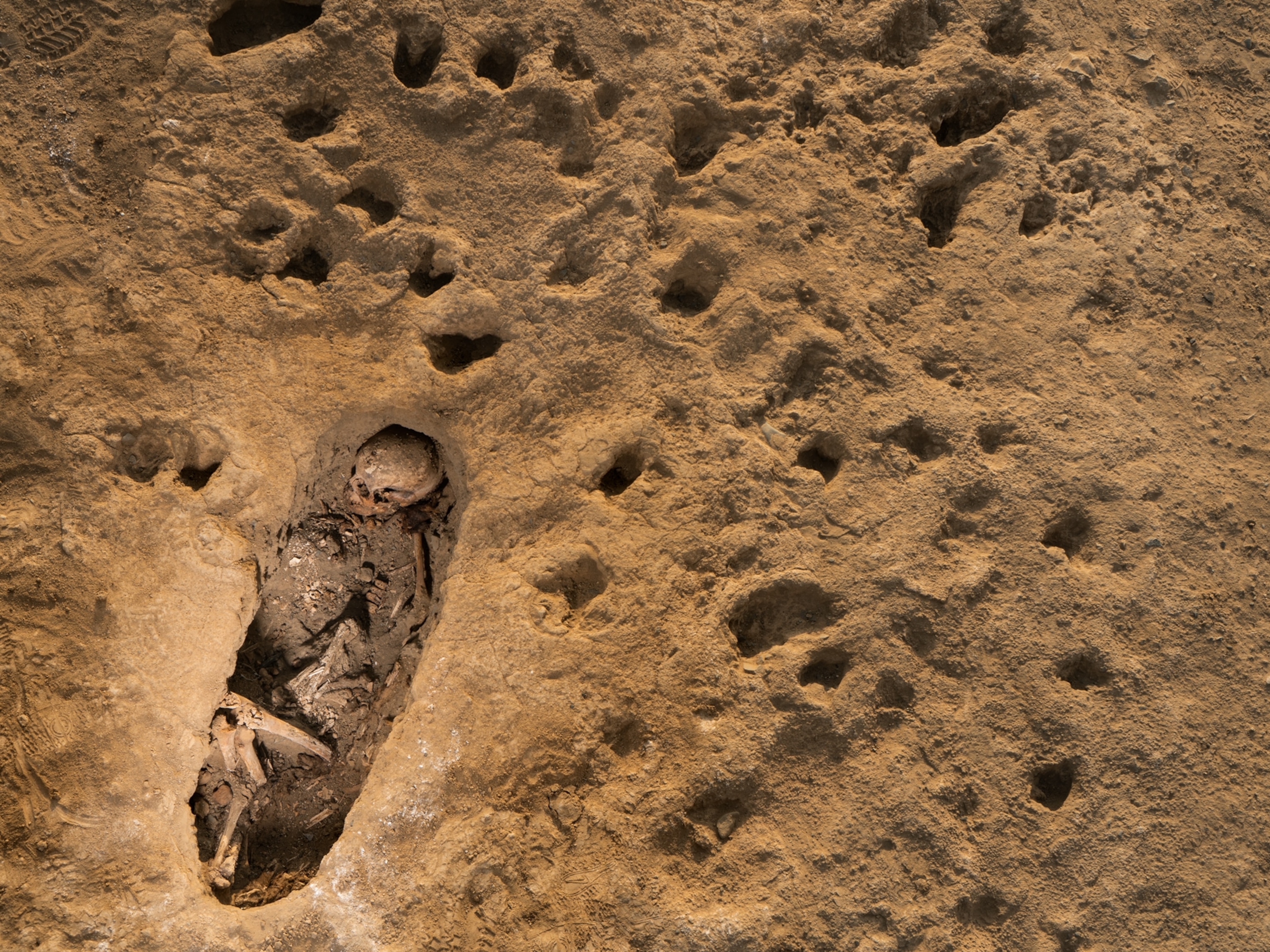The summer of 1540 was burning hot in the vine-covered hills of Burgundy, France—so hot as to be “almost unbearable,” according to one written account from the time.
In fact, it was hot all across Europe that year. In the Alps, glaciers melted, their snouts retreating up steep-sided valleys. Fires burned from France to Poland. And in the wine country of central France, the grapes withered to raisins on the vine, so sugary the wine made from them was syrupy and extra-alcoholic.
Normally, winemakers harvested grapes at the very end of September or early October. But that year, they had to scurry to get overripe grapes off the vine weeks earlier than usual.
Now, a nearly 700-year-long record of harvest dates from the town of Beaune, in Burgundy, shows that early harvest dates like the one from 1540 are now par for the course, thanks to climate change. Scientists and historians stitched together a record of grape harvest dates going back to 1354. They found that air temperatures have warmed so much—and especially in the last 30 years—that grapes are now harvested almost two weeks before their historical norm.
“We can clearly see the reaction of the grapes to the rise in temperature,” says Thomas Labbé, an historian at the University of Leipzig.
And that reaction is changing the wine itself.
Wine history is climate history
Wine, in Burgundy, is built into the fabric of the culture. The pinot noir and chardonnay grapes the region is known for have been growing there and adapting to the precise climate conditions of the region for centuries.
Winemakers know the growth stages intimately: the look of the vines before they bud; the look of the vines as they mature over long seasons; and the fat, sugary, fragrant curve of the grapes when they’re ready to be made into wine.
That harvest point is crucial. Too long on the vine and the grapes have too much sugar in them, meaning the wine will be more alcoholic—not the subtle feel most winemakers in the region care for. Too long, and the acids that give wine some of its feel in the mouth may disintegrate. Not long enough, and they might not have developed the right balance of fragrant chemicals that give the wine its characteristic flavors.
Winemakers keep careful track of harvest dates, with some records stretching back to the Middle Ages. In the 1800s, scientists and historians realized that those careful records could be used to keep track of how the climate in different parts of Europe has changed over time.
“Grape harvest date records are the longest records of phenology in Europe,” says Elizabeth Wolkovich, a biologist at the University of British Columbia who studies wine and climate relationships. “We have these hundreds of years of records of what the summer temp was like, and we can use them like a thermometer.”
Grape harvest dates reflect the temperature the grapes have felt over the course of the growing season, from about April until they’re picked. If the spring and summer are hot, the grapes mature faster and need to be picked sooner. If they're cool, the opposite is true.
Climate historians started to pull together ancient information from other sources, too. They matched up the patterns in the grape harvest data with records made from tree rings and the length of glaciers in the Alps. They used records like those to figure out that much of central Europe warmed up during the Medieval Warm Period, from around 900 to 1300. It had cooled down during the Little Ice Age, from about the 15th to the 19th centuries.
The historians saw that over the past few hundred years, temperatures wobbled around, skewing warm for short stretches and cooling down in others. But overall, climate rocked up and down around a fairly consistent average value—until recently.

Grape vines tell a story of recent warming
One of the longest and most complete archives historians could find was from Dijon, near the center of the distinguished Burgundy wine-producing region. But almost all of the vineyards near the city disappeared in the 1800s as the city expanded outward—meaning that the records didn’t stretch into the modern era.
But in Beaune, a town 27 miles south of Dijon, most of the vineyards that had lined the local hills for hundreds of years were still actively producing wine. And the town had archives just as packed with historical records as Dijon.
So Labbé and his colleagues dug in. For the earliest period, they found delicate parchment-leaved books from the 1300s from the church of Notre Dame in Beaune. The church had a small land parcel upon which they grew wine grapes and made wine so prized that they sold it to merchants who provided to the king. Every year, someone from the chapter would dutifully record the date on which they sent workers out into the parcel to pick the grapes—and that date depended on the weather conditions for the year. The researchers read through pages of spidery Latin script and extracted the date of harvest year by year. For the latter part of the record, they combed through city council meeting notes and newspaper archives, piecing together a nearly continuous history that stretched from 1354 straight through to 2018.
What they found was a stark record of climate change. During the Middle Ages and beyond, the records show short stretches of warmth and occasional super-hot years like 1540. But since the late 1980s, the warmth has ratcheted up. In the past 16 years alone, eight were among the earliest harvest dates ever recorded.
That lines up with the experiences of winemakers from the region. Aubert de Villaine, co-director of the storied Domaine de la Romanée-Conti, has worked with wine since 1965. The conditions now, he says, are unprecedented: The past 30 years were completely different from his early experience.
“We winemakers are on the front line to see what happens with the weather, with the climate,” he says. “The fluctuations we have today are more significant than any time before.”
Nathalie Oudin makes chardonnay from vineyards her family has owned for decades. The harvest used to span her father’s birthday—September 28—but now, the bustle of harvest is over and cleaned up in time for his birthday party, two to three weeks earlier than when her grandfather used to make the wine, she says.
To save wine, save the planet
For now, warmer temperatures aren’t hurting the Burgundy growers. In fact, says de Villaine, the last few years of heat have resulted in some of the best vintages in recent memory. Even this year, during the heat wave that spiked temperatures well over 100 degrees Fahrenheit across France, the vines in Burgundy survived, protected by their homes on high hills and their latitudinal position.
Farther south, the effects of the heat are less benign. This summer, in towns across southwestern France, grape leaves burned on the vine and the overstressed fruit withered.
That kind of heat hasn’t settled into Burgundy yet, but it’s probably coming, says Jean-Marc Touzard, a wine scientist at the French National Institute for Agricultural Research.
“We can predict, using modeling, the harvest dates in the future,” he says. “We can say that in 2050, in many French wine regions, the harvest will occur around about the 15th of August, in the core of the hot times, in the core of summer.”
That will almost certainly affect the way wines taste and feel, and how strong they are. Already, as temperatures worldwide have warmed, the alcohol content of wines has bumped up from about 12 percent in the 1970s to about 14 percent today, though that number varies from region to region. Part of that, though, is winemaker preference, says Greg Jones, a viticulture expert and scientist at Linfield College, but part of it is because grapes are maturing faster in the heat. The more sugar they accumulate, the more of it is converted to alcohol during the winemaking process.
“If you have really hot temperatures, you increase the sugar and decrease acidity,” says Oudin. “Here, we don’t really like too heavy, sugared, ripe chardonnays—we want to keep them fresh. And that is harder with the warmer summers.”
Burgundy’s iconic pinot noirs and chardonnays are still safe, for now. But the future is much less certain.
“We’re out dealing with the soils every day, keeping it properly and caring for them and doing what we can to make our wine. But the climate, that’s one part of our wine that we can’t control. Even if we do everything else right, we can’t control that,” Oudin says.
Related Topics
You May Also Like
Go Further
Animals
- Octopuses have a lot of secrets. Can you guess 8 of them?
- Animals
- Feature
Octopuses have a lot of secrets. Can you guess 8 of them? - This biologist and her rescue dog help protect bears in the AndesThis biologist and her rescue dog help protect bears in the Andes
- An octopus invited this writer into her tank—and her secret worldAn octopus invited this writer into her tank—and her secret world
- Peace-loving bonobos are more aggressive than we thoughtPeace-loving bonobos are more aggressive than we thought
Environment
- This ancient society tried to stop El Niño—with child sacrificeThis ancient society tried to stop El Niño—with child sacrifice
- U.S. plans to clean its drinking water. What does that mean?U.S. plans to clean its drinking water. What does that mean?
- Food systems: supporting the triangle of food security, Video Story
- Paid Content
Food systems: supporting the triangle of food security - Will we ever solve the mystery of the Mima mounds?Will we ever solve the mystery of the Mima mounds?
- Are synthetic diamonds really better for the planet?Are synthetic diamonds really better for the planet?
- This year's cherry blossom peak bloom was a warning signThis year's cherry blossom peak bloom was a warning sign
History & Culture
- Strange clues in a Maya temple reveal a fiery political dramaStrange clues in a Maya temple reveal a fiery political drama
- How technology is revealing secrets in these ancient scrollsHow technology is revealing secrets in these ancient scrolls
- Pilgrimages aren’t just spiritual anymore. They’re a workout.Pilgrimages aren’t just spiritual anymore. They’re a workout.
- This ancient society tried to stop El Niño—with child sacrificeThis ancient society tried to stop El Niño—with child sacrifice
- This ancient cure was just revived in a lab. Does it work?This ancient cure was just revived in a lab. Does it work?
- See how ancient Indigenous artists left their markSee how ancient Indigenous artists left their mark
Science
- Jupiter’s volcanic moon Io has been erupting for billions of yearsJupiter’s volcanic moon Io has been erupting for billions of years
- This 80-foot-long sea monster was the killer whale of its timeThis 80-foot-long sea monster was the killer whale of its time
- Every 80 years, this star appears in the sky—and it’s almost timeEvery 80 years, this star appears in the sky—and it’s almost time
- How do you create your own ‘Blue Zone’? Here are 6 tipsHow do you create your own ‘Blue Zone’? Here are 6 tips
- Why outdoor adventure is important for women as they ageWhy outdoor adventure is important for women as they age
Travel
- This royal city lies in the shadow of Kuala LumpurThis royal city lies in the shadow of Kuala Lumpur
- This author tells the story of crypto-trading Mongolian nomadsThis author tells the story of crypto-trading Mongolian nomads
- Slow-roasted meats and fluffy dumplings in the Czech capitalSlow-roasted meats and fluffy dumplings in the Czech capital







